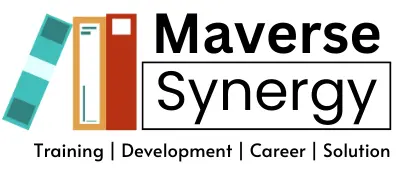In the present era, technology has drastically changed every area of our lives, including how we study and grow professionally. Traditional professional education approaches are being augmented and even replaced by novel technological solutions, resulting in a more dynamic, accessible, and individualized learning environment. This blog examines technology’s tremendous impact on professional education and how it continues to transform the environment for both learners and instructors.
Access to a global classroom
One of the most significant ways technology has transformed professional education is by removing geographical restrictions. Online learning sites like Coursera, edX, and Udemy provide courses from respected institutions and industry experts to anybody with an internet connection. This global accessibility means that a professional in a remote town can receive the same high-quality education as someone in a major city, democratizing information and opportunity.
Personalized learning experiences
Technology has also permitted the customisation of learning experiences, responding to each learner’s individual requirements and preferences. Adaptive learning systems use artificial intelligence to assess a student’s progress and change the curriculum accordingly. This implies that students can work at their own pace, focusing on areas where they need more practice while skipping over material they have already learned. This personalized strategy not only improves learning efficiency, but also keeps students engaged and motivated.

Interactive and Engaging Content
Long lectures and textbooks are no longer used to teach students passively. Modern professional education makes use of multimedia content, such as films, podcasts, interactive simulations, and gamified learning modules, to create more engaging and immersive experiences. Virtual and augmented reality technologies are taking this a step further by allowing learners to practice skills in a simulated environment, resulting in hands-on experience that would be impossible to obtain via traditional techniques.
Technology has enabled professionals to collaborate and network more effectively. Online forums, social media groups, and virtual study groups allow students to communicate, share thoughts, and support one another regardless of their actual location. LinkedIn Learning, for example, combines professional courses with social networking capabilities, allowing learners to exhibit their skills while also connecting with peers and industry leaders. This collaborative setting not only improves the learning experience, but it also aids in the development of professional networks, which can be important for career advancement.
Continuous Learning and Skill Development.
In today’s fast-paced world, the importance of constant learning and skill development is greater than ever. Technology promotes lifelong learning by giving professionals flexible and accessible access to courses that they may complete at their own speed. Microlearning, which entails consuming little, manageable pieces of knowledge, is ideal for working professionals who need to fit learning into their demanding schedules. Furthermore, subscription-based models and learning libraries ensure that professionals have an ongoing supply of new content to keep up with the newest industry trends and breakthroughs.
Credentialing and Recognition
The introduction of digital certificates and badges has brought a new dimension to professional education. These digital tokens, which are frequently linked to blockchain technology, offer learners a verified means to demonstrate their skills and achievements. Employers may readily evaluate these credentials to ensure that they represent true skill and knowledge. This shift toward digital credentialing is helping to close the education-employment divide, making it easier for professionals to demonstrate their skills to potential employers.
Conclusion
The impact of technology on professional education is evident and varied. It has made education more accessible, individualized, interactive, and collaborative, while also encouraging continual learning and introducing new ways to credential and recognize talents. As technology advances, we may expect even more innovative solutions to improve professional education, making it more flexible to the ever-changing needs of today’s workforce. Professionals must embrace these technology changes in order to remain relevant and competitive in their industry.


